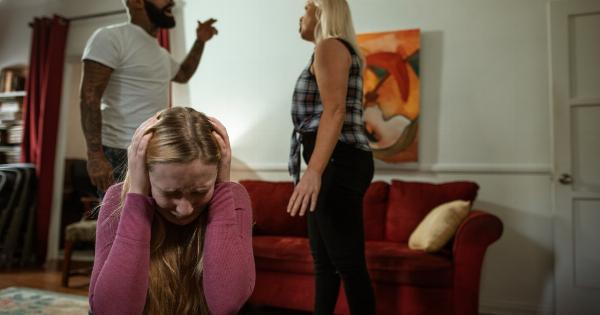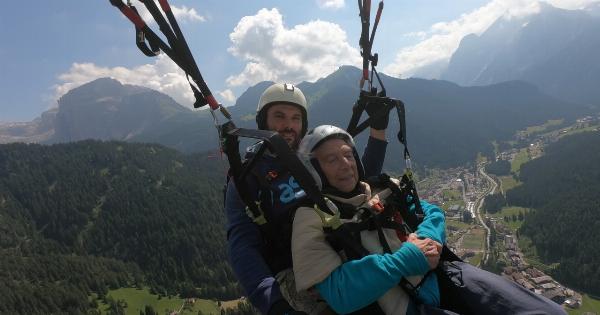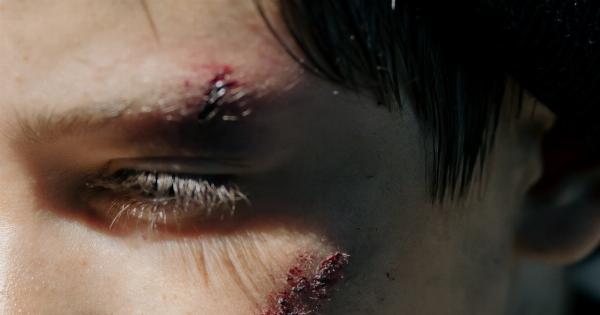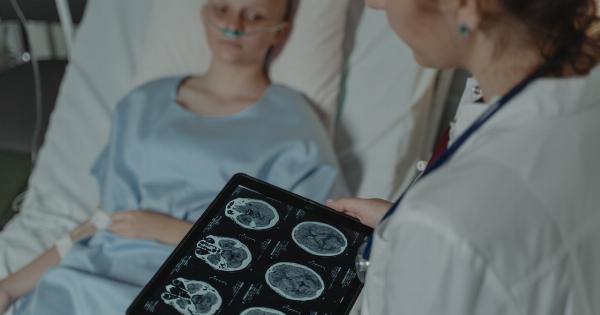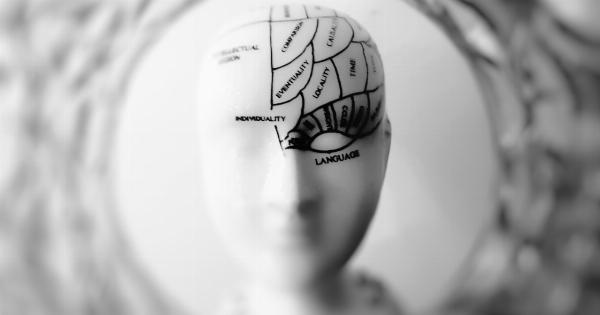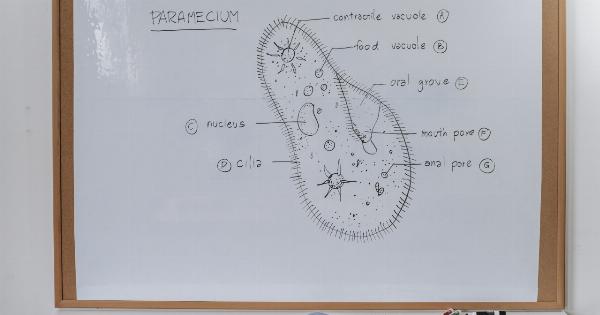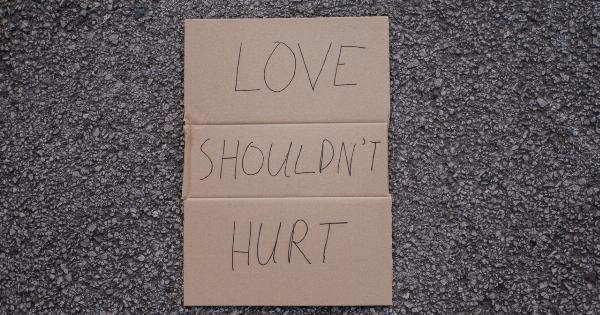St. Space’s Infarction, also known as Spatial Neglect Syndrome, is a debilitating condition that affects a person’s ability to perceive and attend to objects or events in the environment that are located contralateral to a brain lesion.
This condition is caused by damage to the right hemisphere of the brain and can lead to a range of physical, cognitive, and emotional deficits that can impact a person’s quality of life. In this article, we’ll explore who needs to worry about St. Space’s Infarction and what steps can be taken to manage this condition.
Causes of St. Space’s Infarction
St. Space’s Infarction can be caused by a variety of factors, including stroke, traumatic brain injury, infection, and brain tumor.
In most cases, the damage occurs in the right parietal lobe of the brain, which is responsible for spatial awareness, attention, and perception. When this area of the brain is damaged, the person may experience a range of symptoms that include:.
- Difficulty attending to objects or events to the left of their body
- Problems with balance, posture, and coordination
- Impaired ability to navigate or recognize familiar environments
- Difficulty with visual-spatial tasks, such as drawing or copying patterns
- Problems with speech and language production
Who is at Risk of Developing St. Space’s Infarction?
St. Space’s Infarction can affect anyone who has sustained damage to the right hemisphere of their brain. However, there are some factors that may increase a person’s risk, including:.
- Age: Older adults are at higher risk of stroke, which is a common cause of St. Space’s Infarction.
- Gender: Men are more likely to develop stroke and traumatic brain injury, which are leading causes of St. Space’s Infarction.
- Medical conditions: Certain medical conditions, such as diabetes, hypertension, and high cholesterol, can increase a person’s risk of stroke.
- Lifestyle factors: Lifestyle factors such as smoking, excessive alcohol consumption, and physical inactivity can also increase a person’s risk of stroke and traumatic brain injury.
Diagnosing St. Space’s Infarction
Diagnosing St. Space’s Infarction can be challenging because some of the symptoms may be subtle or overlap with other conditions. However, there are several tests that can be used to help diagnose this condition, including:.
- Neurological examination: A thorough neurological examination can help identify any deficits in perception, attention, or other cognitive functions.
- MRI or CT scan: These imaging tests can help identify any damage to the right parietal lobe of the brain.
- Behavioral tests: These tests can help assess a person’s ability to attend to and perceive objects or events in their environment.
Treatment and Management of St. Space’s Infarction
While there is no cure for St. Space’s Infarction, there are several strategies that can be used to manage the symptoms and improve the person’s quality of life. These strategies include:.
- Occupational therapy: This type of therapy can help the person learn new strategies to manage their deficits in attention and perception.
- Cognitive rehabilitation: This type of therapy can help the person improve their cognitive function and learn new coping skills.
- Environmental modification: Modifying the environment to make it more accessible and easy to navigate can help the person manage their deficits in spatial awareness and perception.
- Medications: Some medications, such as antidepressants and stimulants, may be used to manage the emotional and cognitive symptoms of St. Space’s Infarction.
Coping with St. Space’s Infarction
Coping with St. Space’s Infarction can be challenging, both for the person affected and their loved ones. Here are some tips for coping with this condition:.
- Seek support: Joining a support group or seeking counseling can help the person and their loved ones cope with the emotional and practical challenges of managing St. Space’s Infarction.
- Stay active: Engaging in physical activity and regularly participating in cognitive and social activities can help the person maintain their cognitive function and improve their quality of life.
- Ask for help: Don’t be afraid to ask for help from family, friends, or healthcare professionals when needed.
- Stay positive: Focusing on the things that the person can still do and setting achievable goals can help them stay positive and motivated.
Conclusion
St. Space’s Infarction is a debilitating condition that can impact a person’s ability to perceive and attend to objects or events in the environment on the contralateral side of their brain lesion.
While this condition can be challenging to manage, there are several strategies that can be used to help people with St. Space’s Infarction cope with their symptoms and improve their quality of life. If you or a loved one has been diagnosed with St.
Space’s Infarction, seek support from healthcare professionals and loved ones, and don’t be afraid to ask for help when needed.



